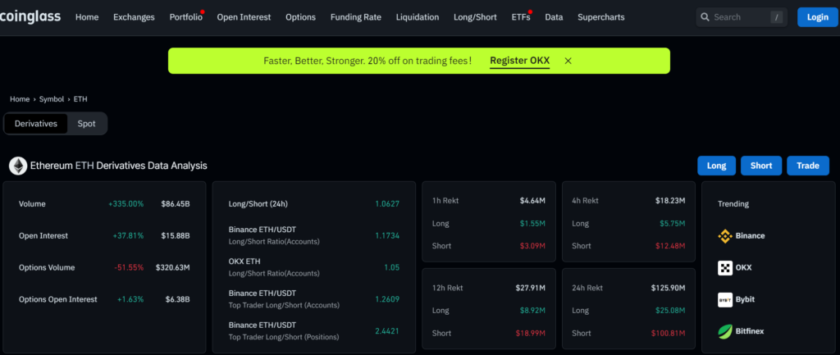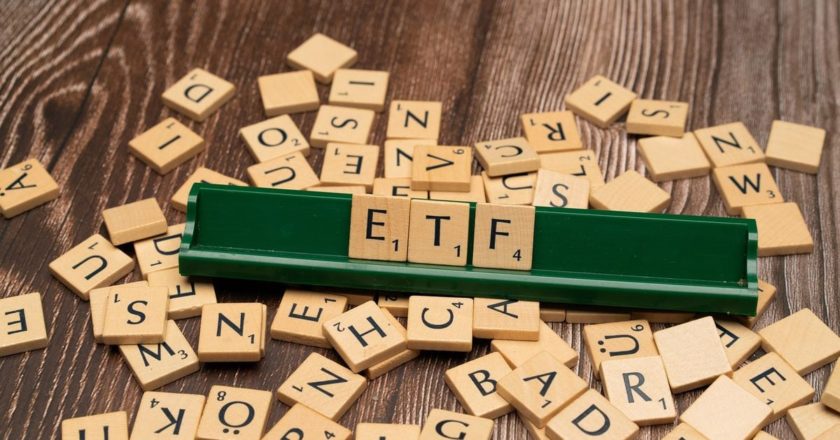There are three key roles within the Stkr ecosystem.
Providers deliver the computing resources that drive the Eth2 nodes — and they pay insurance that acts as a guarantee against poor hardware performance. These funds will be used to compensate stakers if there is an outage, but providers also stand to gain rewards if their infrastructure runs without a hitch. By building a good reputation, they are prioritized whenever new staking funds need to be allocated.
Requesters, otherwise known as stakers, are those who want to lock up their ETH without hosting a node themselves. In time, governors will be responsible for deciding the future direction of Stkr through votes and will be incentivized to work in the platform’s best interests.
Every now and again in the crypto world, trends begin to form. We’ve had the rise of ERC-20 tokens, nonfungible tokens, and DeFi too. In the coming months, attention is going to shift to Ethereum 2.0 as the launch of the world’s biggest proof-of-stake network draws closer. Platforms that allow people from all backgrounds to get involved in staking will be a crucial part of this newly formed ecosystem.
Disclaimer. Cointelegraph does not endorse any content or product on this page. While we aim at providing you all important information that we could obtain, readers should do their own research before taking any actions related to the company and carry full responsibility for their decisions, nor this article can be considered as an investment advice.




